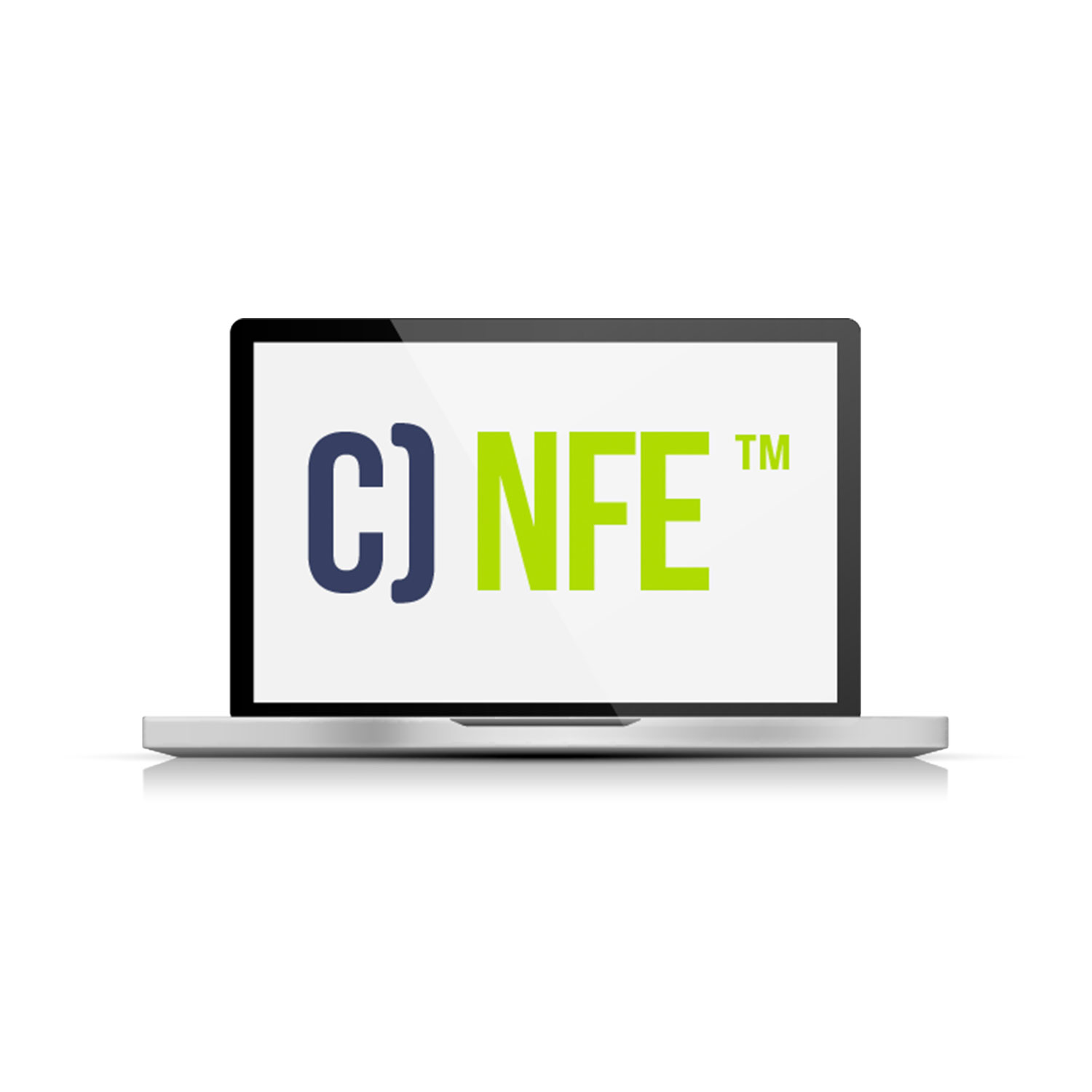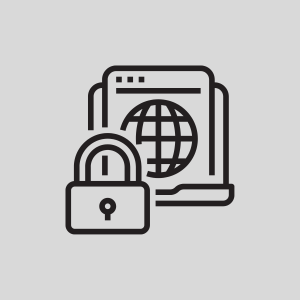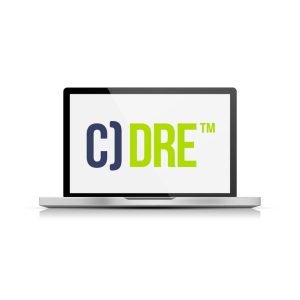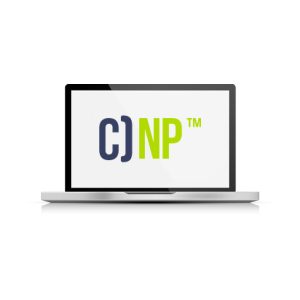Description
For more information about this course please visit Mile2 Canada.
Key Course Information
Live Class Duration: 5 Days
Language: English
Class Formats:
* Instructor-led
* Self-Study
* Live Virtual Training
Prerequisites:
* 2 years networking experience
* 2 years in IT Security
* Working Knowledge of TCPIP
Applicable Exams:
* Mile2 C)NFE
CPEs: 40
Course Modules
Module 1: Digital Evidence Concepts
Module 2: Network Evidence Challenges
Module 3: Network Forensics Investigative Methodology
Module 4: Network-Based Evidence
Module 5: Network Principles
Module 6: Internet Protocol Suite
Module 7: Physical Interception
Module 8: Traffic Acquisition Software
Module 9: Live Acquisition
Module 10: Analysis
Module 11: Layer 2 Protocol
Module 12: Wireless Access Points
Module 13: Wireless Capture Traffic and Analysis
Module 14: Wireless Attacks
Module 15: NIDS_Snort
Module 16: Centralized Logging and Syslog
Module 17: Investigating Network Devices
Module 18: Web Proxies and Encryption
Module 19: Network Tunneling
Module 20: Malware Forensics
Who Should Attend?
* Digital and Network Forensics Examiners
* IS Managers
* Network Auditors
* IT Managers




